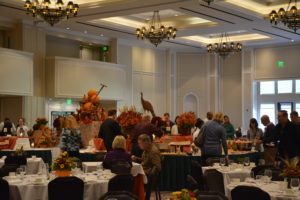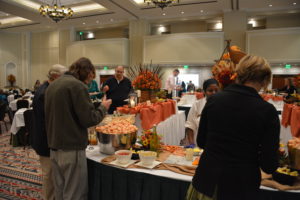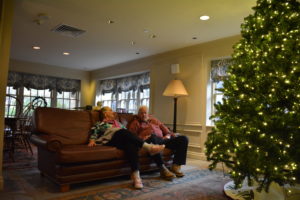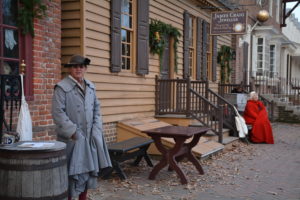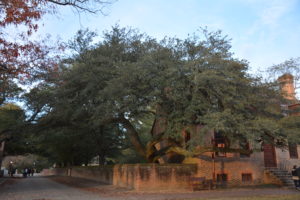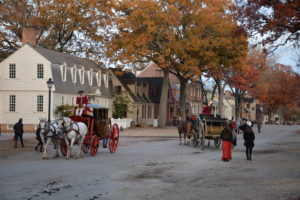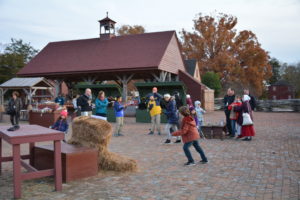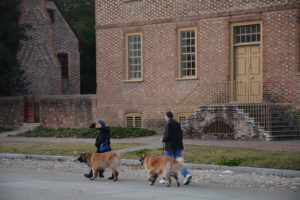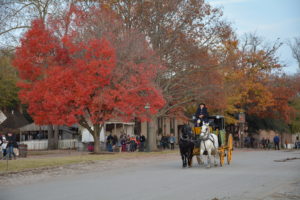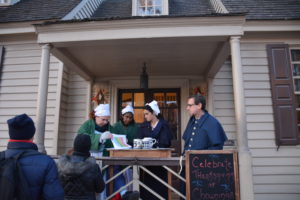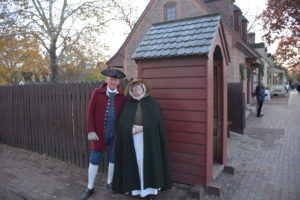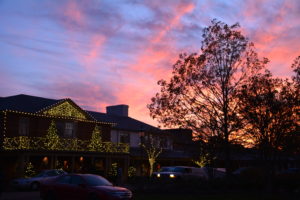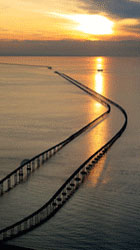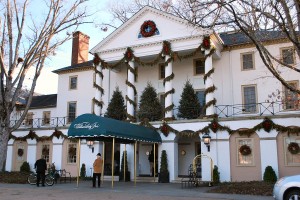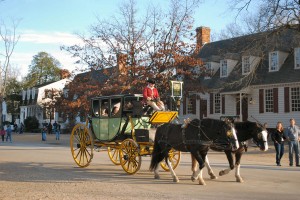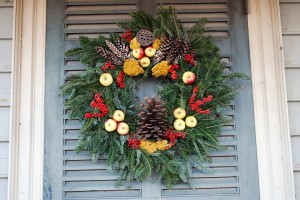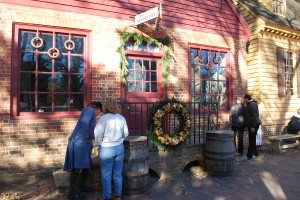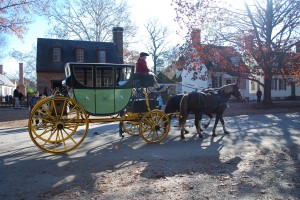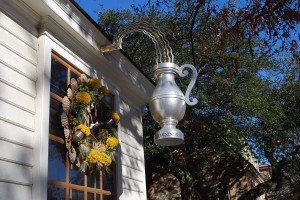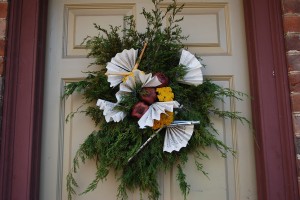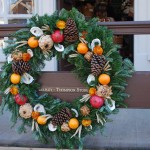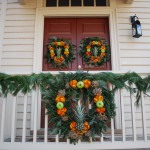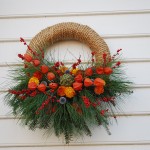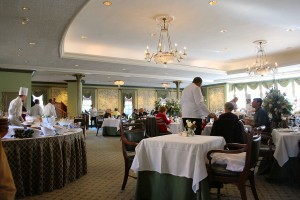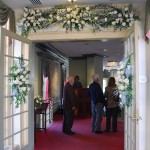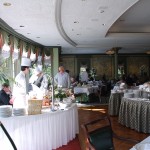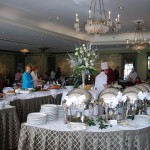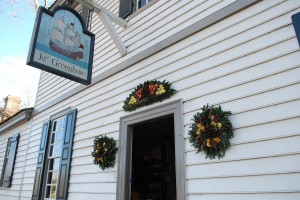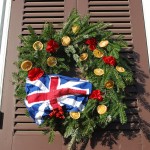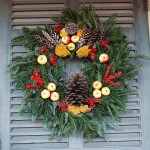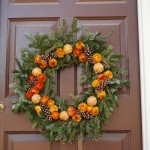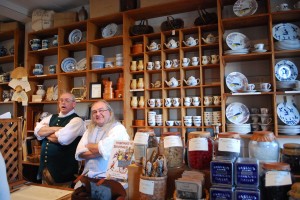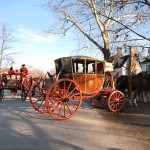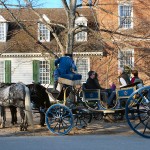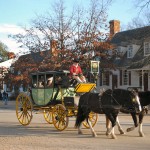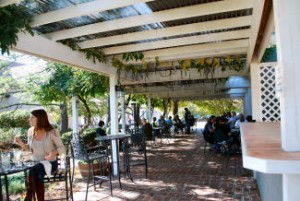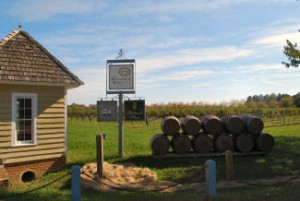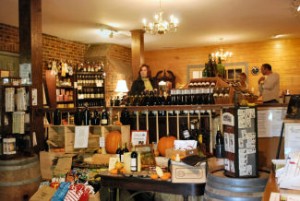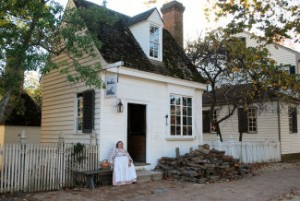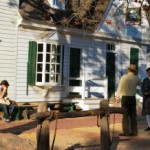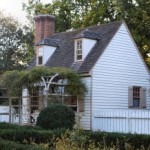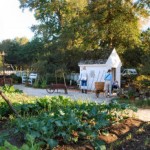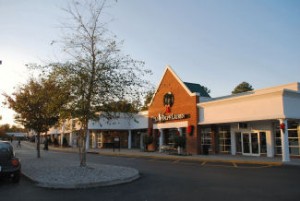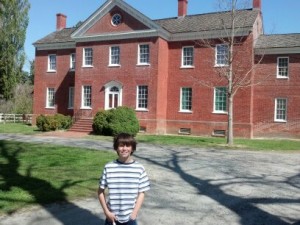
My grandson Charlie Morgan attended a week of history camp at Ker Place, the headquarters of the Eastern Shore of Virginia Historical Society.
Presented by the
Eastern Shore of Virginia Historical Society, http://
www.kerplace.org the seventy attendees at the historic
Ker Place Museum in Onancock, Virginia had the opportunity to tour spectacular
Eastern Shore historic homes, enjoy a gourmet dinner in an early 18th century home and gather the wisdom of eight nationally acclaimed experts on diverse subjects related to the historical theme of this symposium. Friday, the first day of the symposium, was dedicated to touring five of
Virginia Eastern Shore’s very special
Chesapeake Bay area homes, both historic and new, to see the many different ways that folks live a modern life with history. Emphasis was placed on architectural features and their preservation and restoration, the interior design components that showcase their owners’ lifestyles and the landscaping that enhances the exterior features of the homes and environment. After a full day of lectures from the experts on Saturday, the attendees were treated to dinner at Vaux Hall (cir. 1710) located on Warehouse Creek, a colorful saltwater inlet from the Chesapeake Bay, only a few miles outside the historic town of Onancock. This early Georgian colonial home is believed to be the oldest two-story residence on the Eastern Shore and features beautifully preserved wood paneling, moldings, doors and heart-pine floors. On Sunday, the program finished with three more lectures of very special interest. To see a full program of this wonderfully educational event go to
http://www.kerplace.org/symposium.pdf . The Eastern Shore of Virginia has many properties with 17th and 18th century homes, some with accessory buildings that date as far back as the 1670’s, and many more homes dating from the 19th and early 20th century. With such a rich collection of historic homes in our relatively small geographical area, a peninsula which is literally surrounded by water, it is indeed fortunate that we have a historical society so dedicated towards education and appreciation of our heritage. Anyone who loves the Eastern Shore, residents and visitors alike, should not pass up the opportunity to tour the amazing Ker Place Museum in Onancock, headquarters of the Eastern Shore Historical Society.
Although I was unable to attend the symposium’s house tour and dinner, I made an effort to attend several of the lectures on both Saturday and Sunday. As a REALTOR who has had the privilege of handling the sale and restoration of dozens of historic homes, I wanted to expand my knowledge base to better help me serve my clients and customers, and ultimately the unique historic properties I represent. In particular, I wanted to gain a better understanding of the history and architecture of a historic home that Blue Heron Realty Co. has listed for sale located on sixty acres of land near Machipongo, Virginia. This property, known as “Prospect Hill”, is only a few miles from my own home on the Eastern Shore. In its heyday, it was once a thriving farm and the grand old house, believed to be circa 1790-1820, offers great promise for restoration and renovation to bring it up to 21st century standards. If this old house could talk, what would she say? I have many questions for her and would love to share the answers with a prospective buyer who has to consider restoring and then living in this old house. ( To see details and photos of this property visit www.blueheronva.com/historic_real_estate/ and look for “Prospect Hill.”
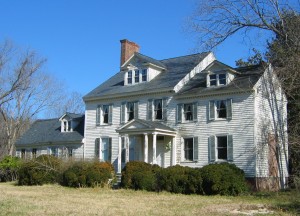
"Prospect Hill" cir. 1790 awaits a new owner who will love and cherish her wonderful, charming heritage.
The first lecture I attended was a talk by Matthew Webster, the Director of Historic Architectural Resources of the Colonial Williamsburg Foundation. He emphasized methods for indentifying the signs that reveal the architectural history of old buildings, a subject that interested me hugely. He spoke about examining the wood framing for saw marks, checking the joinery of posts and beams, looking for different layers of paint, identifying the fastenings of the structure such as nails, dating the types of windows, and determining the type and bonds of brick masonry. Also, he gave a study of different types of houses according to the time period of their construction which would be exemplified by certain styles of architecture such as Georgian 1720-1780, Federal 1780-1820 and Greek Revival 1820-1850. Accompanying his lecture with projected photographs, he distinctly pointed out the different characteristics of which he spoke.
The second lecture was given by Chris Ohrstrom, a founder and co-owner of Adelphi Paper Hangings, LLC. They specialize in reproducing antique wall papers and he gave a wonderful illustrated talk about their special process that revives the old tools and craftsmanship of the industry from the 18th and 19th centuries. I was mesmerized by the old techniques, his descriptions of their factories and tooling, and the examples of wallpapers his firm manufactures. I learned that wallpapers were meant to be only a shortlived wallcovering that imitated much more expensive wall decorations.
On Sunday, I was glad to hear the talk given by Ken Farmer, well-known antiques appraiser from the PBS series “Antiques Roadshow”, who has been collecting and selling the finest antiques from his shops in Radford and Charlottesville, Virginia. The gist of his remarks centered around the theme of “antiques are the epitomy of green – recycling”, informing his audience about how to find, evaluate, and purchase antiques. I learned that oftentimes one can purchase better quality used furniture while avoiding the higher cost of good quality reproductions that have a lower value.
The second lecture that Sunday was given by Jeffrey Price, the director of Sales and Marketing for Virginia Lime Works. His company specializes in reproducing mortars for the restoration of aged masonry construction, especially from the 18th and 19th centuries. His slide show presentation demonstrated the old techniques for making lime as well as how old handmade bricks can be damaged by the use of modern mortars, a risk that never occurred to me when I have examined restored colonial brickwork.
The final lecture was the most entertaining, given by Paul “Chip” Callaway, a certified landscape architect/owner of Calloway and Associates. His hilarious commentary that accompanied a voluminous slide show of his special projects, those restoring the gardens and landscape of historic buildings, kept the mood of his audience light, focused and amazed.
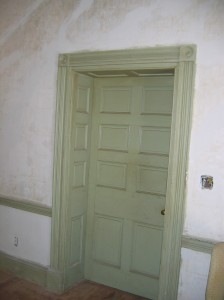
Handmade doors with mortise and tennon joinery open from the through passage to the living room in the earliest part of the home. Note the deep, paneled recess of the doorway, indicating a former exterior wall.
Now fortified with this interesting knowledge base gained from my attendance at the symposium, I again visited my listing “Prospect Hill” located on Seaside Rd. approximately 22 miles north of the Chesapeake Bay Bridge-Tunnel. I had previously guessed that the first section of the home was of Federal design and construction around the period of 1790-1810, the second, larger and more ornate addition in a Greek Revival tradition dated around 1830 and the third section, a one and one-half story addition containing the kitchen, was of the 1890’s period. Upon my next visit to the property, I used the tips from the symposium to confirm or deny my original assessments. First, up in the attic area and down in the basement, I examined the exposed beams and joinery for sawmarks and fasteners. Second, I studied the great wall of bricks and exposed chimneys for telltale signs of handmade bricks, like thumb and finger impressions. Third, I then closely examined the windows and glass. My post-symposium investigation revealed that the home was constructed with oversized handhewn, heart of pine beams with diagonal but straight sawmarks and plenty of mortice and tennon joinery. Also, I found square cut nails with machine cut heads, both indicating the first section was probably produced shortly after 1790. This part of the house was finished with interior wood paneling, fireplace mantel and cabinets distinctly styled from the Federal period, (cir. 1780-1820).
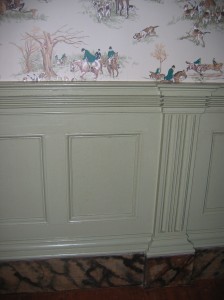
In the Greek Revival addition, handcarved wood panel wainscoting with marbellized baseboards - note fluted columns in panelling.
The second part, a larger more ornate addition was finished with elaborately decorated woodwork, especially the very fancy, intricately hand-carved fireplace mantels. Further, the marbellized paintwork on the baseboards and the fluted doorway surrounds confirmed the style of the Greek Revival period (cir. 1820-1850). This addition has a massive 3-brick thick, free-standing three story brick endwall laid in the Flemish bond pattern. The top three feet of the exposed chimney had been blasted by lightening and I found on the ground plenty of bricks with thick slabs of mortar. Close examination of the bricks revealed holes and thumbprints, indicating that these were handmade sometime prior to 1833.
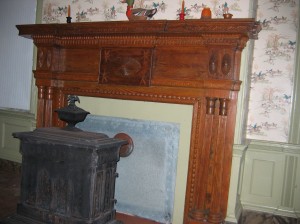
One of three massive handcarved fireplace mantels of museum quality - note the marbelized paint on the baseboard below the wood panel wainscoting.
Lastly, off to the east of the home is an overgrown boxwood garden of formal design interspersed with crepe myrtle and one of the few cork trees on the Eastern Shore of Virginia. The size of the boxwoods indicates an age of well over one hundred years and the garden certainly begs for restoration and rejuvenation.
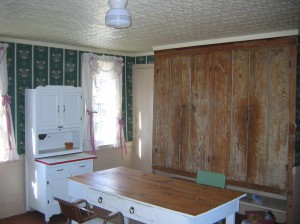
The 1890's kitchen addition - note the floor-to-ceiling cupboard and tin ceiling.
As the listing agent, I have become very attached to this old house and her museum quality architectural features. Her situation on a sixty acre farm of fields and forest is ideal for a country estate property and a lovely 3/8 mile driveway approach draws one’s imagination back to the days of self-sufficiency and fox hunts. Many generations and all their attendant celebrations have graced this property and she now awaits a new owner who will love and cherish her spacious, well-appointed rooms that, if walls could speak, could tell many stories. For even more information on this home, call David Kabler at Blue Heron Realty Co., 757-331-4885 .
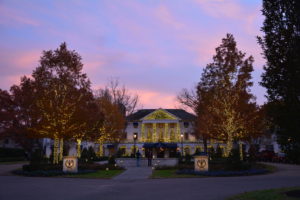 For history buffs, the Eastern Shore of Virginia offers a cornucopia of delights- – our discovery and colonization in the early 1600’s, the trove of Colonial documents in the Eastville courthouse, the repository of the oldest continuous records in the US, the Arlington Plantation historic site, the Pear Valley yeoman’s cottage with a chimney brick dated 1631, our hundreds of historic homes lovingly restored and maintained. So it’s only natural that folks from the Shore feel a special kinship with that amazing re-creation of life in Colonial times, the Historic Area in Williamsburg, Virginia. Especially at the holidays.
For history buffs, the Eastern Shore of Virginia offers a cornucopia of delights- – our discovery and colonization in the early 1600’s, the trove of Colonial documents in the Eastville courthouse, the repository of the oldest continuous records in the US, the Arlington Plantation historic site, the Pear Valley yeoman’s cottage with a chimney brick dated 1631, our hundreds of historic homes lovingly restored and maintained. So it’s only natural that folks from the Shore feel a special kinship with that amazing re-creation of life in Colonial times, the Historic Area in Williamsburg, Virginia. Especially at the holidays.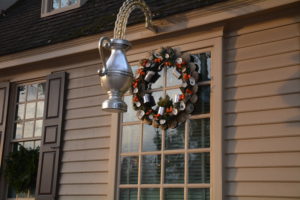 Historic Area. So, as often as possible, we try to have our traditional family turkey/stuffing/trimmings Thanksgiving dinner, complete with kids, grandkids and now, great grandkids, on Wednesday evening. Then, on Thanksgiving Day, hubby and I plus Eldest Daughter, etc. have lunch in Williamsburg at one of the old Taverns or at the gorgeously decorated Lodge.
Historic Area. So, as often as possible, we try to have our traditional family turkey/stuffing/trimmings Thanksgiving dinner, complete with kids, grandkids and now, great grandkids, on Wednesday evening. Then, on Thanksgiving Day, hubby and I plus Eldest Daughter, etc. have lunch in Williamsburg at one of the old Taverns or at the gorgeously decorated Lodge.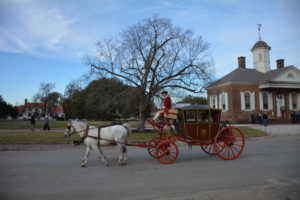 One of the great things about living on the Eastern Shore is its central location- -we are so close to so many great places. So a trip to Williamsburg is a zip, zip of less than 2 hours, easy peasy. But when you arrive, it’s like stepping out of a time capsule, immediately drawn into a Colonial world, complete with horse drawn carriages, sheep grazing on the village green and residents going about their day dressed in long woolen cloaks, beribboned bonnets and tri-corn hats.
One of the great things about living on the Eastern Shore is its central location- -we are so close to so many great places. So a trip to Williamsburg is a zip, zip of less than 2 hours, easy peasy. But when you arrive, it’s like stepping out of a time capsule, immediately drawn into a Colonial world, complete with horse drawn carriages, sheep grazing on the village green and residents going about their day dressed in long woolen cloaks, beribboned bonnets and tri-corn hats.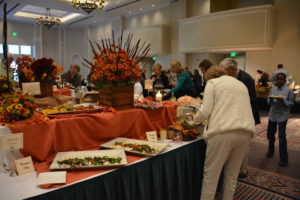 delicious roast pork with figs and new potatoes plus a myriad of salads, cheeses and charcuterie galore in between, lunch at The Lodge was truly delightful. The only thing I shall mention about the amazing dessert table is that the gingerbread with custard sauce was divine, exceeded only by the demi-tasse cups of decadent hot chocolate. Enough said, it was great !
delicious roast pork with figs and new potatoes plus a myriad of salads, cheeses and charcuterie galore in between, lunch at The Lodge was truly delightful. The only thing I shall mention about the amazing dessert table is that the gingerbread with custard sauce was divine, exceeded only by the demi-tasse cups of decadent hot chocolate. Enough said, it was great !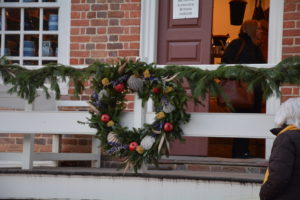 But the big event of The Day is always the walk afterwards down Duke of Gloucester Street to see the wreaths. After all these years, I still love it as much as I did the very first time we came. The beauty of the decorations, the pine fragrance of all the greenery, the smoke from the bonfire, the cadence of the horse carriages as they travel down the street, the friendly dogs taking their masters for a walk, the excitement of the kids as the cannon booms, the smiling faces all around – – this says holiday to me.
But the big event of The Day is always the walk afterwards down Duke of Gloucester Street to see the wreaths. After all these years, I still love it as much as I did the very first time we came. The beauty of the decorations, the pine fragrance of all the greenery, the smoke from the bonfire, the cadence of the horse carriages as they travel down the street, the friendly dogs taking their masters for a walk, the excitement of the kids as the cannon booms, the smiling faces all around – – this says holiday to me.